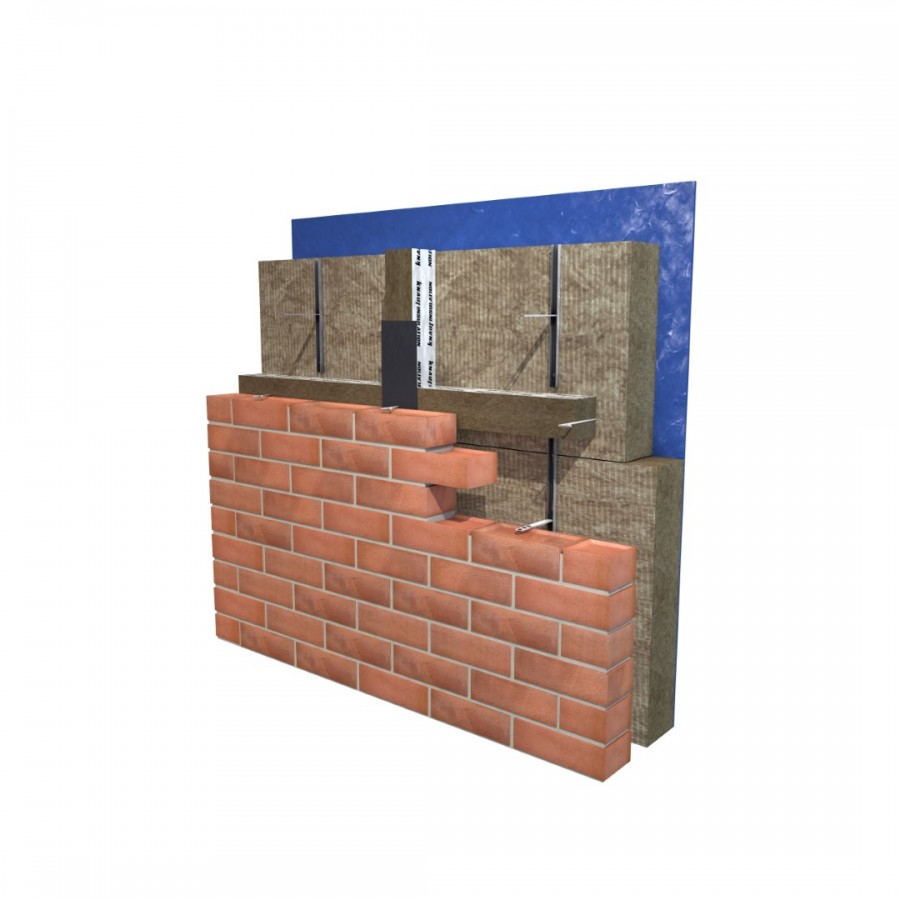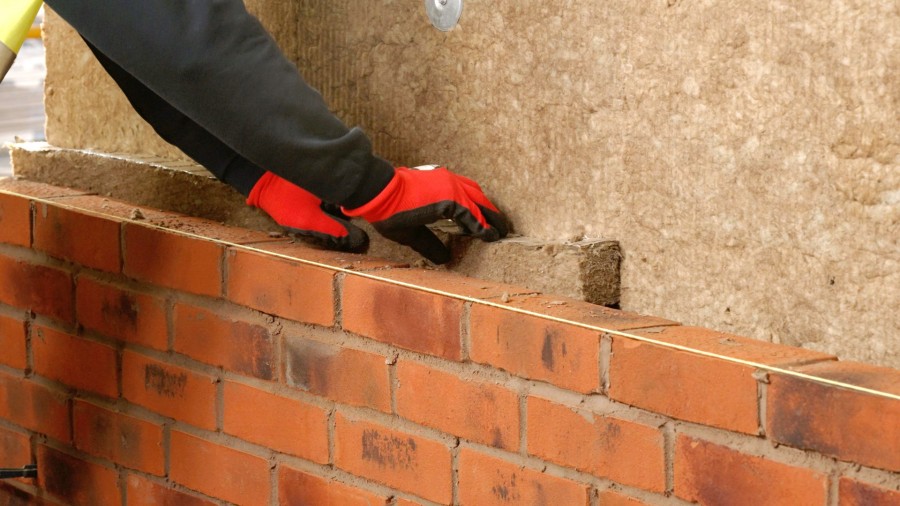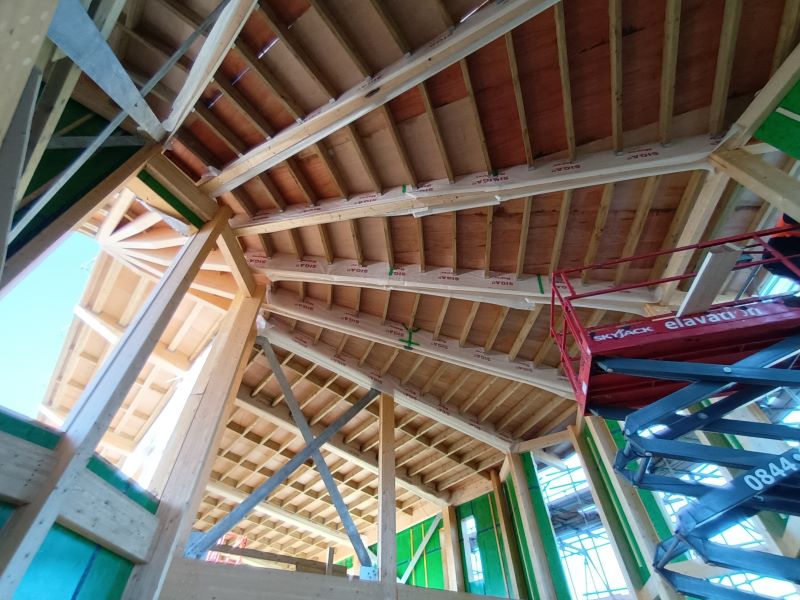Specifying insulation, cavity barriers, and fixings for rainscreen façade systems has always been complex, but in a climate of changing regulations, specifiers are facing greater pressures than ever before.
Here, Kelly Westwood, Head of Construction Projects at Knauf Insulation, explains what specifiers need to know to simplify specification.

Driving up construction standards
The Building Safety Act (BSA) has massive implications for rainscreen specification. It applies to all residential buildings, although there’s a particular focus on higher-risk buildings, described as those over seven storeys, or 18m tall that contain at least two residential units, or are used as care homes or hospitals (design phase).
Three new Gateways have been introduced creating ‘checkpoints’ to allow the Health and Safety Executive (HSE) to assess Building Regulation compliance.
It places greater levels of accountability across the construction supply chain, with the principal designer responsible for the ‘golden thread of information’ – a digital record showing how every building was designed and built.
Retrospective liability has also been increased to 30 years, so the principal designer must be confident in the materials and systems specified by themselves or sub-contractors.
Feeding into the BSA are the Building Regulations, which themselves have been subject to significant updates.
Approved Document B (Part B) in England requires buildings to be designed and built to prevent the development and spread of fire.
In 2018, combustible materials were banned from use in all external walls of relevant buildings over 18m tall. Now, the definition of ‘relevant buildings’ has been widened. The ban has also been extended to include certain build-ups, such as rainscreen façade systems, of residential buildings between 11 and 18m unless a full-scale fire test to BS 8414-1 or -2 has been undertaken.
As well as using non-combustible materials, cavity barriers must be installed to stop flame spread within the cavity. Part B requires a minimum fire resistance of 30 minutes’ integrity (E 30) and 15 minutes’ insulation (I 15). But some stakeholders, such as insurers, may require a fire resistance of EI 120 minutes depending on the build-up to give people maximum time to escape and help preserve the structure.
Finally, Approved Document L (Part L) in England, which governs thermal performance, has been updated. Residential buildings must now produce 31% less carbon emissions compared to the 2013 standards (27% for non-domestic). This should be delivered by fabric improvements such as insulation, and low and zero-carbon technologies.
The direction of travel is clear. Standards are not just getting stricter but must be delivered in the real world – and responsibility for compliance lies with specifiers.

Simpler specification for better-performing buildings
In terms of the timing for creating the specification, remember that full plans for higher risk buildings, including the specification of external wall build-ups, must be submitted at Gateway 2 – the design stage. HSE must also be notified if there are subsequent changes to the specification.
This means building designers must develop specifications at an earlier stage and must be confident that the combination of components they choose will comply with the Building Regulations.
But while you can specify all the different components separately, this does represent a risk. Specifiers must ask themselves: ‘Am I certain each component complies with the regulations? Am I certain they won’t interact in ways I hadn’t intended?’
If there’s even a hint of uncertainty, what should they do?
A good way to mitigate this risk is to specify system solutions. You can now get complete cavity barrier systems where cavity barriers, sheathing insulation, and fixings have been tested individually and together. Certain systems feature insulation that meets the strictest non-combustibility requirements, so are suitable for every height and use of building.
Most importantly, systems like these help specifiers streamline their specification process, whilst meeting the relevant Building Regulations.
When choosing the system, make sure the technical support provided includes 3D U-value calculations. This is critical in ensuring accurate thermal modelling because the calculations are based on actual penetrations from the steel frame system rather than a correction factor. Essentially, calculations that ensure the finished building is more likely to deliver its ‘as designed’ performance.
The Building Safety Act will have a profound effect on the way that buildings are designed, and construction products are specified. But by engaging with manufacturers early in the design process and specifying systems that have been tested together, specifiers can mitigate risk, simplify specification, and deliver safe and compliant buildings.













